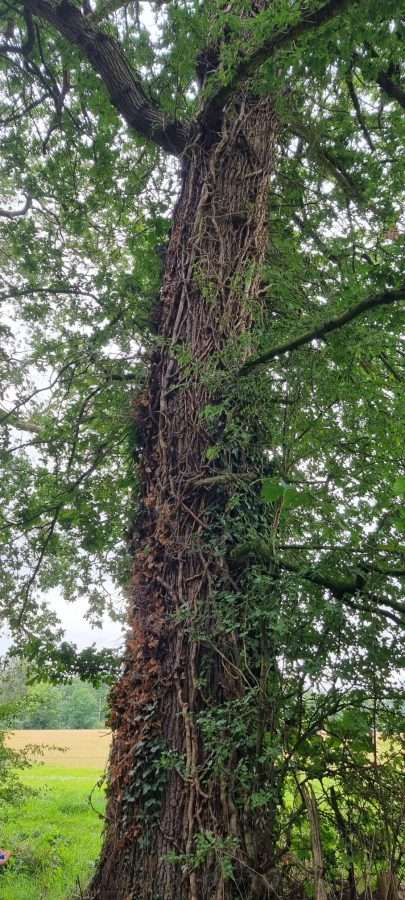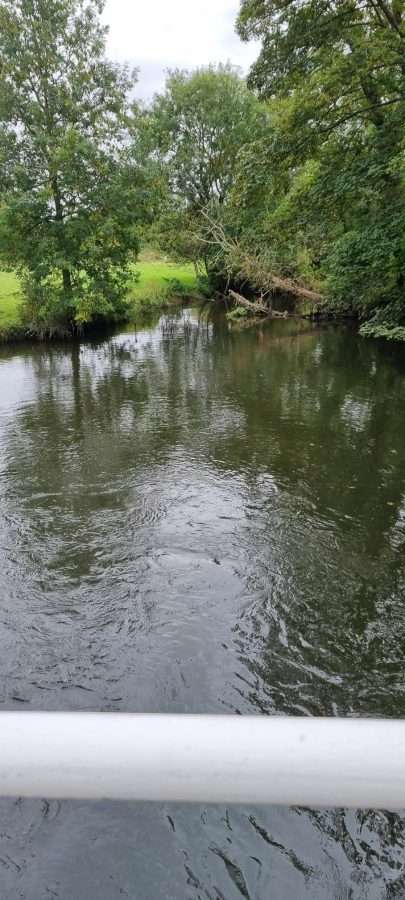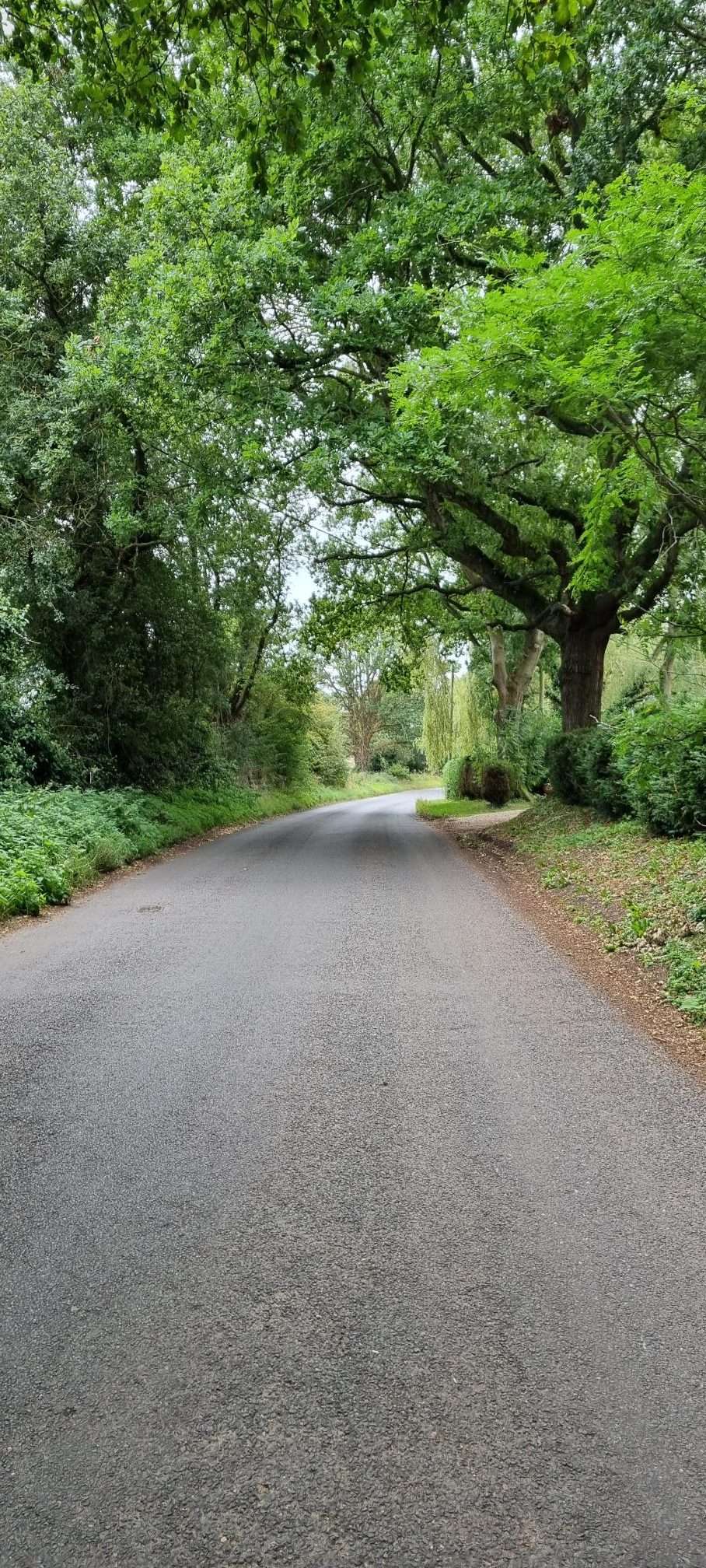Alexandra Juhanakova, Andrea Bockaiova, Michaela Holmanova, Karolina Zemanova from Vos a SZES Benesov, Czech Republic spent 20 weeks for a work experience at Easton College in Norwich/UK, here is their report:
Equestrian Centre
This was our first work placement. In the morning, we were educated on the safety of working with horses. We were shown around the whole centre – places like tack and saddle storage, fields, muck keep, stables and the food room as well as where the different types of bedding are stored (shavings/straw).
We usually started our workday at 9 am with mucking out empty stables and making clean beds with banks for horses. Each of us did approximately 2 or 3 stables. We also washed and filled their water bucket every morning. After that we put the muck on the muck keep. Then we did some poop picking or weeding on the fields. When needed, we also cleaned and refilled the water buckets on the said fields – with the start of the new school year, new automated water systems had been installed.
Some other tasks we usually did included filling hay nets for horses, each had their own specific weight in kilograms, cleaning tack and saddles with water and glycerine leather soap, building “stairs” from muck and sweeping the entire hall at the end of the workday, that ended at 6.30 pm.
Vet classes
In class we sat and listened to the lecture while looking through the materials the teacher gave us. We also visited the prep room twice where we tried to insert cannula into a penne pasta. We refreshed our bandaging skills on a plush dog toy, where we bandaged its legs, tail and head.
Small Animal Care Centre
Again, the first thing that happened was education on safety and then we were showed around. We´ve met some lovely staff members – Helen, Anna, Nick, Eileen, Elric and Daria. This centre has aquatics, small mammals (fancy mice, hamsters, guinea pigs, chinchilla, degus, jirds, gerbils, …), exotics (snakes, spiders, stick insects, frogs, geckos, water dragon, african snails, hissing cockroaches, sun beetles, turtles, berber skink, …), aviaries (cockatiels, finches, parrots, quails, …) and outside pens (rabbits, ferrets, pigmy goats, alpacas and ducks).
Our job started at 9 am and consisted of taking care of the animals listed above. Everything we did around animal was very precise. Animal care includes some of the following – spot or full clean of their enclosure/enrichment depending on the schedule. Fresh water and feed weighted in grams (each animal had their specific type of feed as well as fresh/live feed or supplement). We also carried out a visual health check every day and a physical health check once a week including recorded weight in. We carried out room checks to make sure every animal was happy and that everything was put back to place before closing.
Some other tasks included – building an enclosure for new arrivals, weighing goats and alpacas, sweeping and keeping everything tidy. We enjoyed our time in the Small Animal Care Centre.
Beside work in Easton, we also worked in a small village called Snetterton. Charlie drove us there every Monday after work in Easton and took us back on Thursday morning. We have been there for 9 weeks (Tuesday and Wednesday). These days we stayed at the Old barn with a lovely lady named Lizzie (the owner). On Tuesday one of us worked at the cows and the other one at the horses. On Wednesday we swapped these working places. We got there by bikes.
Cows were 15 minutes away from The barn. Our shift started at 8 am and ended at around 5-6 pm. We have met a lot of new amazing people who helped us go through these weeks and helped us understand the work with large animals at the farm. They had a lot of cattle including 200 cows and over 50 calves. We worked together with Molly, Andrew, Jordan and Matilda. Each of them had their own work place and we tried all of them. Some days we helped Matilda with the calves. We were bedding them with a fresh straw and then feeding them. The little ones got milk powder mixed with warm water and the older ones got silage. We also fed them with pellets for calves. Apart from food we also filled their buckets with fresh water. When the calves were old enough we weighted them in a special cage and wrote their weight in a notebook. This notebook was also important for other daily records, for example temperatures and any other changes in their health conditions. With Molly and Andrew we were milking the cows and it took us about 2 hours to finish. Some of us did that every time. From time to time we drove to the nearby fields to check the well-being of the cows. Other jobs were cleaning conveyer, gates, walls and floor from faeces. These are the things we have done the most. Just one time we saw a vet checking gravidity and a nail trimer helping cows with their overgrown nails.
The second work place in Snetterton was 10 minutes away by bike. We started at 8 am and usually finished at 3-4 pm. At this place, Anvil park, we met two sisters, Emma and Amy. They were also nice. Every day we arrived and started poo picking on the fields. We put them in a wheelbarrow and then carried it away to a tractor with trailer. Acording to amount of horses it took us about 2 or 3 hours. We also had to fill all of the buckets with fresh water and sometimes scrub it with a brush. This took us aproximately another hour or two. Most of the time we were filling haynets with fresh hay in a haybarn. It usually was from 10 to 15 haynets. Other job that needed to be done was weeding ragwort. It is a yellow flower poisonous to horses and other animals. Some days we were cleaning bridles from mud and old grass with water and then took care of it with special liniment or spray for leather. Couple of times we folded blankets for horses at the warehouse. Before horse competitions we were asked to help with building obstacles and borders. From time to time we could groom and wash horses, for
example before photo shoot. At the beginning one of us tried to lounge horses a few times. One time there was a vet. She showed us how to detect if a mare is ready to get pregnant. She put some small steel pipe in its reproductive organ and checked her mucous membrane. She investigated color and viscosity. One of us had the opportunity to take out stitches from the wound on front leg and to apply sedatives before grinding teeth. At the same time there was a horse with abscess under its hoof and two of us had to wash the wound with warm water and then bandage it.
(Pics and text by Andrea, Karolína, Alexandra, Michaela)


